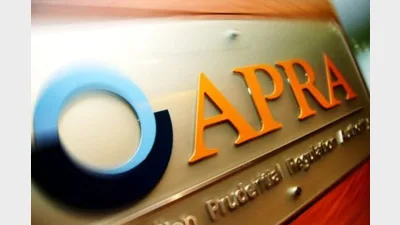RIR SG conclusion based on growing CPI not wages



While the Retirement Income Report’s conclusion is based on retirement incomes growing by consumer price index (CPI) and not indexation to wages, middle-income earners would want to maintain relative economic value and this would require a high superannuation guarantee (SG) rate, according to Rice Warner.
The research house said while some commentators argued the economic effects of the COVID-19 pandemic precluded increasing the SG rate, the current economic situation was potentially changing the optimal timing and speed of an increase. It said, for example, it could move up in increments of 0.25% instead of 0.5% but that this should not be confused with changing the optimal long-term level of SG.
The report said the current SG level of 9.5% should provide a reasonable income at retirement, replacing 65% to 75% of pre-retirement earnings for middle-income earners. However, this required some changes to make better use of retirement assets – spending more on retirement incomes and leaving smaller bequest.
Rice Warner said a phased SG move to 12% would be beneficial because:
- The shift from an unfunded government pension to higher levels of funded private sector superannuation is desirable;
- Capital markets will grow further, and this will support the Australian economy;
- Consumers do not often save for retirement themselves and many future retirees will want more than CPI increases in each year;
- Existing high levels of tax concessions can be cut by taxing pension earnings at 10% to 15% and/ or by curbing the values on large accounts. Bequests (including pension payments made in the last year of life above defined thresholds) could also be taxed at a higher rate; and
- If strong earnings mean that retirees save higher replacement rates, the surplus can be used to pay for aged care (or taxed).
Rice Warner pointed to the deduction of the report that the Australian retirement income system was effective, sound, and its costs were broadly sustainable. While it did not need a “knockdown and rebuild” major changes were needed to calibrate the system to meet the proposed objectives.
Rice Warner said the system could be improved through:
- Better tools to optimise use of retirement balances, including:
- Stronger pension default structures; and
- Higher levels of pension drawdowns (at least in the first decade of retirement) to support higher living standards.
- Better use of equity in family homes to supplement retirement income, particularly at old ages;
- Better targeting of concessions with a significant reduction of tax concessions for the well-off and wealthy;
- Looking at the relevance of superannuation for low-income earners; and
- Significantly improving the adequacy of living standards of single renters in retirement.
Recommended for you
Delayed climate action could wipe hundreds of billions from superannuation balances by 2050, according to new analysis from Ortec Finance.
APRA deputy chair Margaret Cole has called on superannuation trustees to accelerate efforts to support members moving into retirement and to strengthen protections against growing cyber and operational risks.
Super trustees need to be prepared for the potential that the AI rise could cause billions of assets to shift in superannuation, according to an academic from the University of Technology Sydney.
AMP’s superannuation business has returned to outflows in the third quarter of 2025 after reporting its first positive cash flow since 2017 last quarter.









